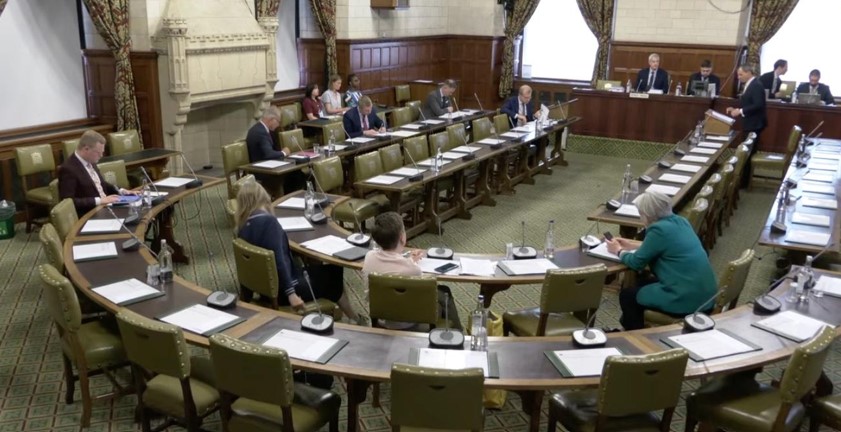This is a guest blog by Jesse Coleman, cross-posted from Greenpeace blog The Witness
On March 29 ExxonMobil, the most profitable company in the world, spilled at least 210,000 gallons of tar sands crude oil from an underground pipeline in Mayflower, Arkansas. The pipeline was carrying tar sands oil from Canada, which flooded family residences in Mayflower in thick tarry crude. Exxon’s tar sands crude also ran into Lake Conway, which sits about an eighth of a mile from where Exxon’s pipeline ruptured.
-

- The cove of Lake Conway which Exxon claimed was “oil-free”
A new batch of documents received by Greenpeace in response to a Freedom of Information Act (FOIA) request to the Arkansas Department of Environmental Quality (DEQ) has revealed that Exxon downplayed the extent of the contamination caused by the ruptured pipeline. Records of emails between Arkansas’ DEQ and Exxon depict attempts by Exxon to pass off press releases with factually false information. In a draft press release dated April 8, Exxon claims “Tests on water samples show Lake Conway and the cove are oil-free.” However, internal emails from April 6 show Exxon knew of significant contamination across Lake Conway and the cove resulting from the oil spill.
When the chief of Arkansas Hazardous Waste division called Exxon out on this falsehood, Exxon amended the press release. However, they did not amend it to say that oil was in Lake Conway and contaminant levels in the lake were rising to dangerous levels, as they knew to be the case. Instead, they continue to claim that Lake Conway is “oil-free.” For the record, Exxon maintains that the “cove,” a section of Lake Conway that experienced heavy oiling from the spill, is not part of the actual lake. Exxon maintains this distinction in spite of Arkansas Attorney General Dustin McDaniel saying unequivocally “The cove is part of Lake Conway…The water is all part of one body of water.” Furthermore, Exxon water tests confirmed that levels of Benzene and other contaminants rose throughout the lake, not just in the cove area.
Though Exxon was eventually forced to redact their claim that the cove specifically was “oil-free,” the oil and gas giant has yet to publicly address the dangerous levels of Benzene and other contaminants their own tests have found in the body of Lake Conway. The Environmental Protection Agency and the American Petroleum Institute don’t agree on everything, but they do agree that the only safe level of Benzene, a cancer causing chemical found in oil, is zero. Benzene is added to tar sands oil to make it less viscous and flow more easily through pipelines. Local people have reported fish kills, chemical smells, nausea and headaches. Independent water tests have found a host of contaminants present in the lake.
According to Exxon’s data, 126,000 gallons of tar sands crude oil from the pipeline spill is still unaccounted for.
Exxon’s spill emanated from the Pegasus Pipeline, which like the proposed Keystone XL pipeline, connects the Canadian Tar Sands with refineries in the Gulf of Mexico.
Subscribe to our newsletter
Stay up to date with DeSmog news and alerts







